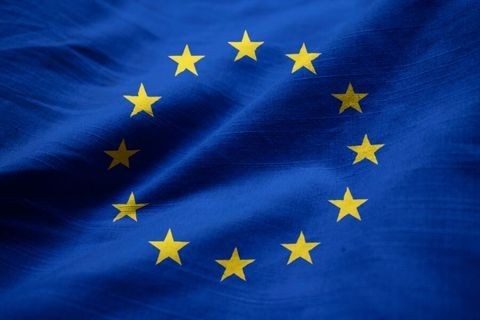EU REACH Report: ECJ Case Pending for Substances of Very High Concern and Two Important Deadlines in 2015
Client Alert | 4 min read | 03.20.15
The 2006, European Regulation on the Registration, Evaluation, Authorization, and Restriction of Chemicals (REACH) established obligations for the use of chemicals in the European Union (EU) to improve the protection of human health and the environment. There are two pending REACH developments in the coming months for which companies should prepare.
Forthcoming ECJ Judgment
The European Court of Justice (ECJ) is expected to issue a judgment that may significantly affect REACH obligations. The Court will consider the REACH requirement to notification about substances of very high concern (SVHCs) listed on the Candidate List. REACH requires producers and importers to notify the European Chemicals Agency (ECHA) of any SVHCs (1) present in an "article" above a concentration of 0.1 percent, and (2) exceeding a total quantity in those articles of one ton per year. An "article" is defined as "an object which during production is given a special shape, surface, or design which determines its function to a greater degree than its chemical composition."
Last year, a French Court asked the ECJ to clarify whether these REACH requirements apply to an article as a whole or to individual components that meet the definition of article in REACH.
On February 12, 2015, the Advocate-General presented her non-binding opinion to the Court of Justice, focusing on two key elements. First, she opined that a component incorporated into an article may itself be regarded as an article for purposes of evaluating the chemical composition percentage under REACH. Second, she distinguished between the REACH notification obligations of producers, importers, and suppliers with regard to components that qualify as articles. She concluded that producers should be required to notify about articles and components that the producer itself manufactured. Importers, however, would need to notify about all articles, including all applicable components. Suppliers should be required to provide information to recipients and consumers on request, to the extent that information is available, though the opinion does not make clear what it means for relevant information to be available.
The ECJ's judgment is expected in the coming months. If the Court follows the Advocate-General's opinion, the information and notification administrative burden under REACH will increase substantially for companies selling and distributing products in the EU.
REACH Deadlines in 2015
Two important REACH deadlines are approaching:
- Starting June 1, 2015, the Classification, Labelling, and Packaging (CLP) Regulation, which requires companies to classify, label and package their hazardous chemicals appropriately before placing them on the market, will be the only legislation applicable to the classification and labeling of both substances and mixtures.
- After September 1, 2015, a biocidal product consisting of, containing, or generating a relevant substance cannot be made available on the EU market if the supplier is not included in the Article 95 list for the product type(s) to which the product belongs.
Insights
Client Alert | 14 min read | 12.22.25
European Commission Proposes Biotech Act to Boost Health Biotechnology in the EU
On December 16, 2025, the European Commission published its proposal for a regulation establishing a European Biotech Act to strengthen the EU's biotechnology and biomanufacturing sectors with a primary focus on health.
Client Alert | 11 min read | 12.22.25
European Commission Proposes Simplifying the Rules on EU Medical and In-Vitro Diagnostic Devices
Client Alert | 3 min read | 12.22.25
Second Circuit Expands District Court Review of Magistrate Judge Report and Recommendations
Client Alert | 2 min read | 12.19.25


